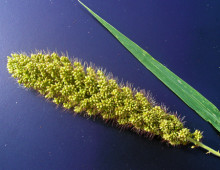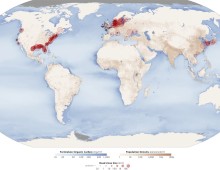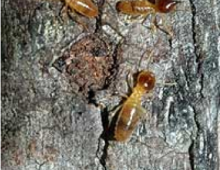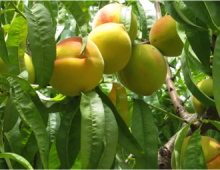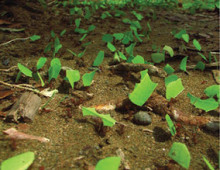Microbial genomes help propose phylum name
Metagenomicsand single-cell genomics are tools helping researchers learn more about the “biological dark matter” that has not been cultivated and studied in the laboratory. In an article published May 14, 2013 in Nature Communications. [Read More]

